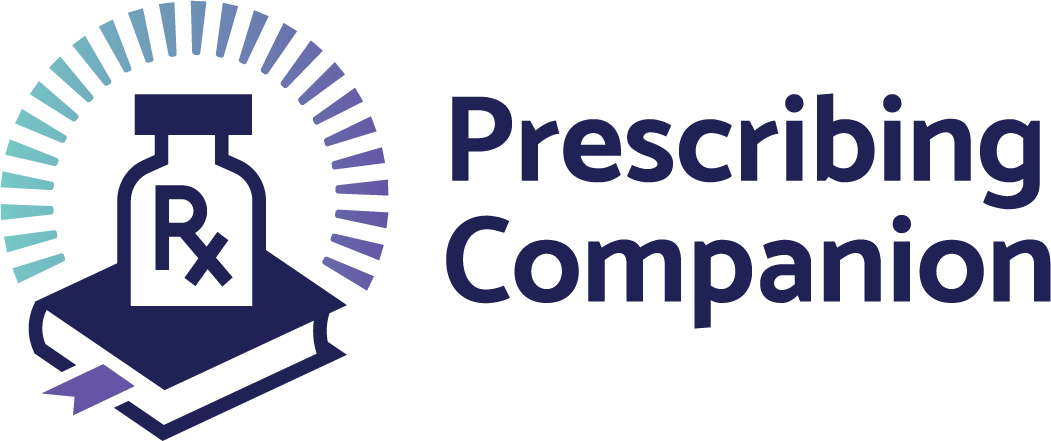Poliomyelitis
exp date isn't null, but text field is
ICD10 CODE: A80.3
An acute viral infection characterised by acute onset of flaccid paralysis of skeletal muscles. It is transmitted from person to person through the faecal-oral route. Poliomyelitis is a notifiable disease.
Cause
Polio virus (enterovirus) types I, II, and III
Clinical features
- Majority of cases are asymptomatic, only 1% result in flaccid paralysis
- Non paralytic form: minor illness of fever, malaise, headache, and vomiting, muscle pains, spontaneous recovery in 10 days
- Paralytic form: after the aspecific symptoms, rapid onset (from morning to evening) of asymmetric flaccid paralysis, predominantly of the lower limbs, with ascending progression
- Paralysis of respiratory muscles is life threatening (bulbar polio)
- Aseptic meningitis may occur as a complication
Differential diagnosis
- Guillain-Barré syndrome
- Traumatic neuritis
- Transverse myelitis
- Pesticides and food poisoning
Consider all cases of Acute Flaccid Paralysis as possible Poliomyelitis: alert the district focal person for epidemic control, and send 2 stool samples (refrigerated).
Investigations
- Isolation of the virus from stool samples
- Viral culture
- Ensure that Giardia intestinalis, Entamoeba histolytica, Cryp- tosporidium, Cyclospora, sarcocystis, Toxoplasma gondii are included in the investigations
Management
| Treatment | LOC |
|
Acute Stage
Paralytic form
Chronic stage
|
H |
Prevention
- Isolate patient for nursing and treatment, applying contact and droplets precautions
- Immunise all children below 5 years from the area of the suspected case
- If case is confirmed, organize mass immunisation campaign
- Proper disposal of children’s faeces
- Immunisation (see Immunizations)
- Proper hygiene and sanitation
